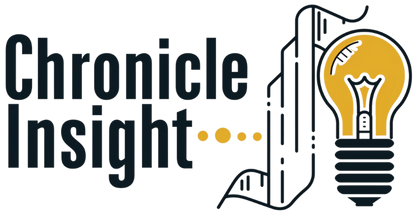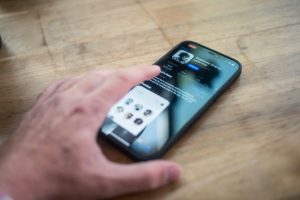Bridging the Digital Divide: Free Tech for Low-Income Students
The digital divide is a term that refers to the gap between those who have access to technology and those who do not. While technology has bridged many gaps and connected people all over the world, it has also created a significant disparity between low-income students and their wealthier counterparts. This divide has become a major concern in recent years, as access to technology has become essential for academic success and preparing for the future workforce. Thankfully, there are several organizations and programs that are working to bridge this gap by providing free tech resources to low-income students. In this article, we will discuss the importance of bridging the digital divide and highlight some of the free tech options available to low-income students.
The Importance of Bridging the Digital Divide
In today’s digital age, technology has become a vital component of everyday life. It is used for communication, learning, and even basic tasks like paying bills or ordering groceries. Without access to technology, low-income students are at a significant disadvantage when it comes to academic success and future career opportunities.
According to a study by the Pew Research Center, 87% of households with children have access to computers, while only 71% of low-income households have the same access. This lack of access can result in difficulties completing school assignments, conducting research, and communicating with teachers. It can also limit opportunities for students to learn necessary digital skills that are essential for many jobs in the 21st century.
Furthermore, the digital divide can contribute to educational inequities. With many schools implementing online learning, low-income students without access to technology are at risk of falling behind and widening the achievement gap.
Free Tech Options for Low-Income Students
1. Computers and Laptops
One of the most significant barriers for low-income students is the lack of access to computers and laptops. Fortunately, there are several programs and organizations that provide free or low-cost computers to those in need.
The National Cristina Foundation is a nonprofit organization that connects individuals, schools, and organizations in need of technology with donors who have lightly used computers, laptops, and other devices to donate. Another program, the Digital Equity Initiative, works with local partners to provide computers and digital literacy training to low-income students and families.
2. Internet Access
Along with computers, internet access is essential for bridging the digital divide. However, for many low-income families, the cost of internet service is a major barrier. Thankfully, there are options available to help alleviate this burden.
The Federal Communications Commission (FCC) offers a program called Lifeline that provides discounted phone and internet service to low-income households. Another program, EveryoneOn, offers low-cost internet service and computers to families with school-aged children.
3. Digital Skills Training
Providing access to technology is only one piece of the puzzle in bridging the digital divide. It is also crucial to provide low-income students with the necessary skills to use technology effectively.
Organizations like Per Scholas offer free technology training and certification programs for underserved communities. They provide hands-on experience and job readiness skills to help students prepare for careers in the technology industry.
Additionally, many schools and libraries offer free digital literacy programs to help students develop essential digital skills such as internet research, word processing, and coding.
Conclusion
Bridging the digital divide is crucial in creating a more equitable society and providing equal opportunities for all students. Organizations and programs that offer free tech resources to low-income students are making significant strides in narrowing this gap. However, there is still much work to be done. It is essential to continue supporting and promoting these initiatives to give all students the chance to succeed in the digital age.
In conclusion, the digital divide is a significant issue that needs to be addressed. Access to technology is no longer a luxury but a necessity, and providing free tech resources to low-income students is a crucial step in bridging this gap. By providing computers, internet access, and digital skills training, we can help set up all students for academic success and prepare them for the workforce of the future.











